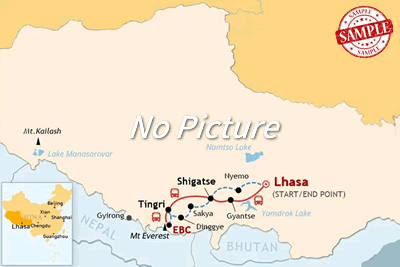
Quick Inquiry

Tibetan Festivals

The Great Prayer Festival(Smom-lam)
This is the greatest religious festival in Tibet. Originated from Tsongkpa in 1409, the founder of the Gelukpa sect. Monks from the Three Great Monastery of Tib
>> Read More

Horse race and archery Festival
Horse race and arrow shooting are popular sports on the vast expanse of grassland in Tibet, which has a history of more than 500 years in the regular festival c
>> Read More

The Shoton Festival in Lhasa
It’s one of the Tibetan traditional festivals. In Tibetan, “sho” means “Yoghurt” and “ton” means “banquet”
>> Read More

The Colorful Lingka Festival(Tsenlanggisam)
The Tibetans are a people whose love of nature has given rise to a special national custom, the Lingka Festival. The fifth month by the Tibetan calendar is the
>> Read More

Tibetan Festivals
Festivals in JanuaryThe Great Prayer Festival (Smom-lam)This is the greatest religious festival in Tibet. Originated from Tsongkpa in 1409, the founder of the G
>> Read More




0 Comment ON "Tibetan Festivals"